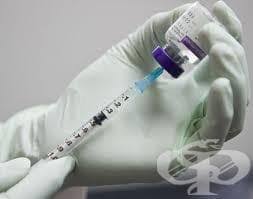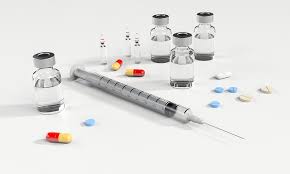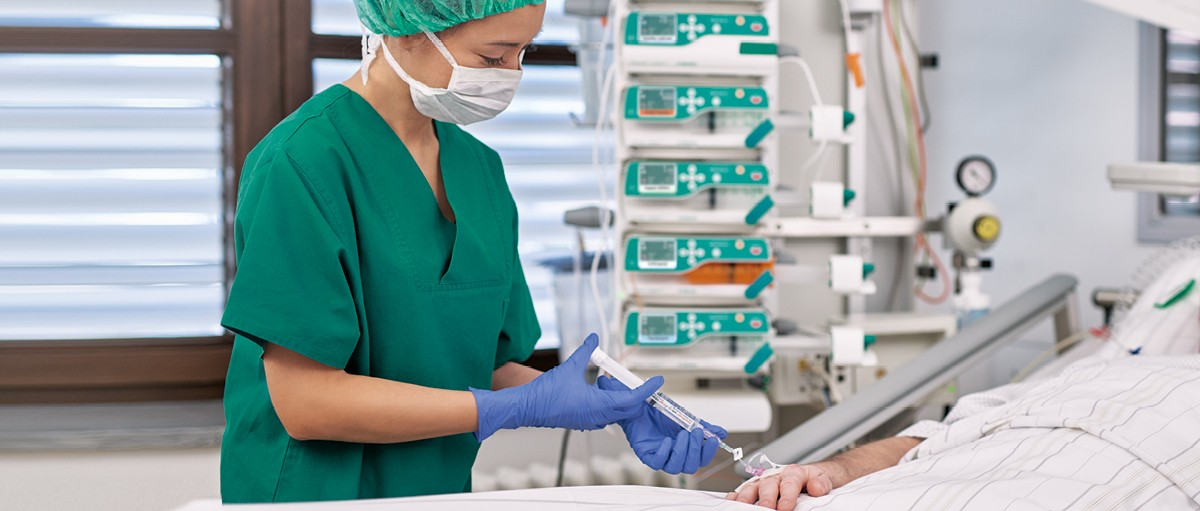
Somatorelin (GHRH)
Somatorelin is a hypothalamic release factor that stimulates the production and release of GH from the pituitary gland. It is currently used in a synthetic form in the field of diagnostics to determine the growth hormone function of the anterior pituitary gland in cases of suspected growth hormone deficiency. The test is able to distinguish between pituitary and hypothalamic disorders.
Somatorelin can help the athlete as it promotes the release of anabolic hormones (GH and therefore IGF-1). Although there is little information about its use by athletes, it should be said that it cannot be detected by anti-doping tests, as its life in the body is just over 10 minutes.
GHRH promotes muscle development , reduces body fat, increases energy, strengthens the immune system, and increases bone mineralization and density through the release of GH. It also promotes sleep, in fact, HGH is released more during rest.
Obviously, gonedorelin is not comparable in terms of anabolic effects to direct administration of GH or IGF-1, but it is effective in stimulating muscle anabolism.
special side effects caused by the use of this substance, if he is not sleepy, no hot flashes reported, and difficulty swallowing.
Gonadorelin is taken at bedtime to improve GH release in doses of 20 to 50 mcg per day.

Fibroblast Growth Factors (FGFs)
Fibroblast growth factors (FGFs) are a family of growth factors involved in angiogenesis. (development of the circulatory system and capillary network) during wound healing, including burns and tendon injuries, as well as during embryonic development. FGFs play a central role in the proliferation and differentiation of numerous tissues. Their uncontrolled expression is the cause of the pathogenesis of cancer.
Over 20 FGFs found in humans. Some FGFs are exclusively expressed during embryonic development (for example, Fgf3, 4, 8, 15, 17 and> 19 ), while others are expressed in embryonic tissues and adults (for example , Fgf1, 2, 5-7, 9-14, 16, 18 and 20-23 ).
FGFs play a important role in embryonic development , and any disturbances in their formation in embryonic life cause defects in the body’s development.
Some of these factors play a critical role in the proliferation and As a consequence, the organization of endothelial cells is fundamental to the processes of angiogenesis and wound healing. They stimulate the repair of damaged skin and have a chemotactic effect responsible for the remodeling of newly formed tissue.
Angiogenesis is one of the factors that determine tumor growth , therefore FGFs are also studied due to their possible proliferative activity against tumor cells.
The action of FGF can accelerate the healing process from injury, in addition, angiogenesis and greater capillarity can guarantee an increase in muscle tissue oxygenation, an increase in the athlete’s endurance. Hence, these growth factors have great potential for improving athletic skills, which remains to be understood.
FGF2 (bFGF)
This fibroblast growth factor has already proven to be effective in recovering from sports injuries.
FGF6
This fibroblast growth factor is involved in bone mineralization and skeletal muscle development and differentiation. It also appears to be involved in the pathogenesis of prostate cancer.
Hepatocyte Growth Factor (HGF)
HGF is a growth factor involved in the development , in the growth and differentiation of endothelial, epithelial and hematopoietic cells. this is fundamental for the development of the embryo, for angiogenesis, for the proliferation and development of organ cells such as the liver (hepatocyte is a liver cell), in the genesis of tumor tissues and in the healing of damaged tissues. Its potential therapeutic use in the regeneration of internal organs such as the liver and pancreas is currently being studied.
HGF is also involved in skeletal muscle healing and repair . is capable of activating satellite cells, so it is assumed that it has the ability to regenerate and proliferate also on muscle tissue, which can contribute to muscle hypertrophy and hyperplasia, activating satellite cells as well.

Mechanical growth factors (MGF)
This growth factor is a specific isoform of IGF1 muscles resulting from alternative splicing of the IGF1 gene, obtained in response to mechanical stress. Splicing is a cellular event that determines the elimination of non-coding gene sequences (introns), this elimination can occur in different ways (alternative splicing). Thus, alternative splicing produces proteins with small differences in amino acid sequence, therefore substances with a similar, but not completely identical effect. MGF is produced in muscles after mechanical stress that causes damage to cells: mechanical growth factor means exactly the growth factor that is produced as a result of mechanical stimuli. MGF appears to be particularly capable of activating satellite cells and thus leading to muscle hyperplasia. MGF also has neuroprotective effects and promotes neuronal recovery after ischemic events. The tremendous potential of this hormone for muscle growth remains to be assessed. The use of FGM in the sports field can determine the development of athletes with incredible muscle mass. MGF currently exists in both protein and gene form that is injected directly into the muscle.
The introduction of a gene, which is then transcribed by cells, is the last frontier of pharmacology and as a consequence of doping .
The possible side effects that may occur after using this substance are unknown.

Other growth factors
Scientific research in recent years has revealed numerous new growth factors that little is known about, but which could lead to the production of new drugs with unexpected activity. Several other growth factors have been found to affect muscle function and growth. Their use in sports can lead to new super athletes . However, it should be emphasized that the lack of information about their real activity also determines the lack of knowledge about the possible side effects caused by the use of these substances. In the current state of scientific knowledge, an athlete who is experimenting with these compounds is a person playing Russian roulette who is trying on his own skin something that no one has ever experienced, something that could give incredible improvements to his abilities. but this could lead to the development of side effects never expected.
